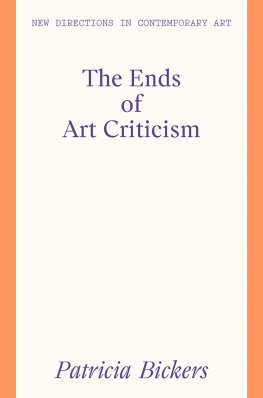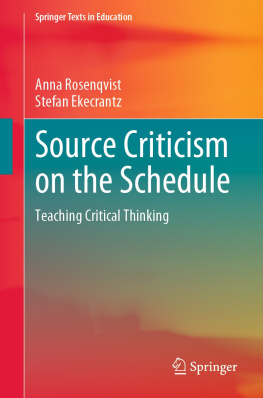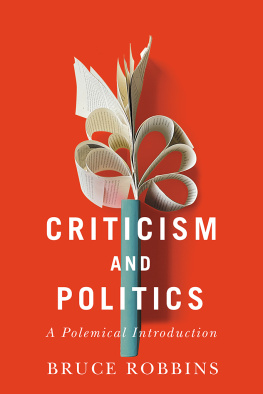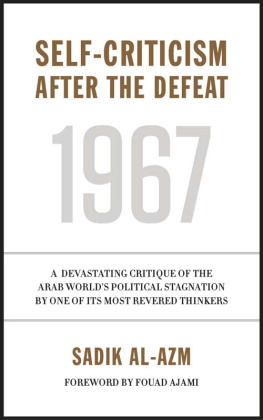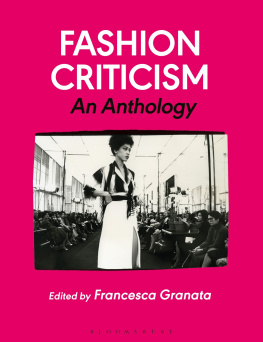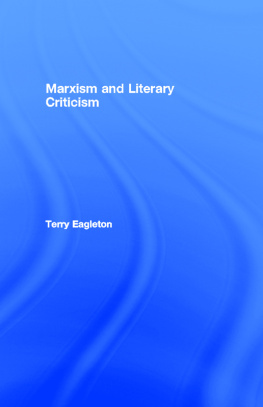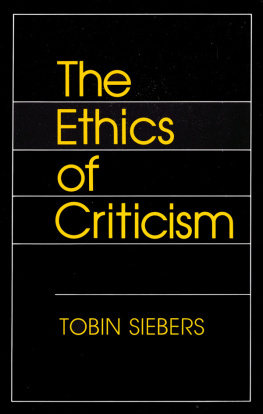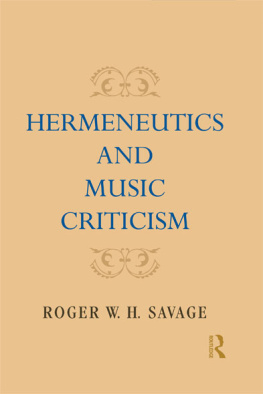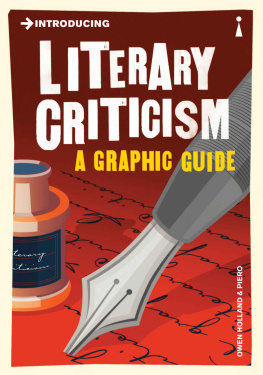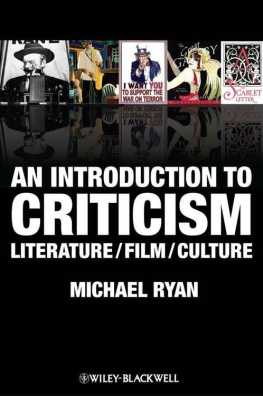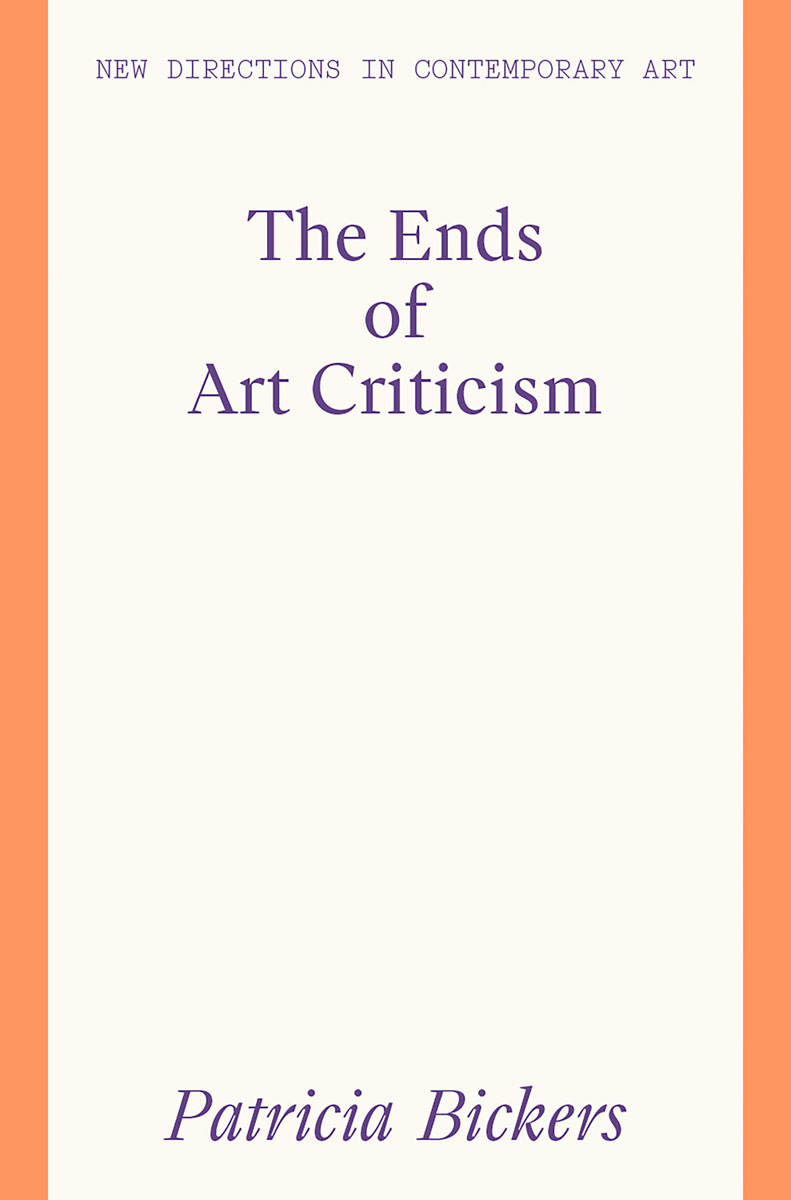

For S.M.G.P
First published in 2021 by Lund Humphries
Lund Humphries
Office 3, Book House
261A City Road
London EC1V 1JX
UK
www.lundhumphries.com
The Ends of Art Criticism
Patricia Bickers, 2021
All rights reserved
ISBN | 978-1-84822-426-1 |
eBook (Mobi) | 978-1-84822-433-9 |
eBook (ePub) | 978-1-84822-432-2 |
eBook (pdf) | 978-1-84822-431-5 |
A Cataloguing-in-Publication record for this book is available from the British Library
All rights reserved. No part of this publication may be reproduced, stored in a retrieval system or transmitted in any form or by any means, electrical, mechanical or otherwise, without first seeking the permission of the copyright owners and publishers. Every effort has been made to seek permission to reproduce the images in this book. Any omissions are entirely unintentional, and details should be addressed to the publishers.
Patricia Bickers has asserted her right under the Copyright, Designs and Patent Act, 1988, to be identified as the Author of this Work.
Copy edited by Michela Parkin
Designed by Wolfe Hall
Set in Mediaan by Dvid Molnr
and WH Aldine Mono by Wolfe Hall
Printed by Tallinna Raamatutrkikoda, Estonia
Inside front cover: Mladen Stilinovi,
Artist at Work, 1978
Chapter 1
Criticism: Crisis? What crisis?
Chapter 2
Judgement calls: on value judgement
Chapter 3
Theories of relativity: cultural relativism and its discontents
Chapter 4
Critical distance, the myth of
Chapter 5
Is art criticism art? Discuss.
Chapter 6
The curse of academe
Chapter 7
Politicks, schmoliticks
Chapter 8
Conclusion: no end of art criticism
NEW DIRECTIONS IN CONTEMPORARY ART
Series Editor: Marcus Verhagen, Senior Lecturer, Sothebys Institute of Art, London
A series of newly commissioned, engaging, critical texts identifying key topics and trends in contemporary art practice and discussing their impact on the wider art world and beyond. The art world is changing rapidly as artists avail themselves of new technologies, travel ever more widely, reach out to new audiences and tackle urgent issues, from climate change to mass migration. The purpose of the series is to discuss these and other changes, in texts that are accessible, stimulating and polemical.
INTERNATIONAL SERIES ADVISORY BOARD
Amelia Barikin, Lecturer in Art History in the School of Communication and Arts, University of Queensland
T J Demos, Professor in the Department of History of Art and Visual Culture (HAVC) at UC Santa Cruz
Anthony Downey, Professor of Visual Culture in the Middle East and North Africa, Birmingham School of Art
Karen Fiss, Professor of Graphic Design, Visual Studies and Fine Arts, California College of the Arts
Yuko Hasegawa, Chief Curator of the Museum of Contemporary Art, Tokyo (MOT) and Professor of Curatorial and Art Theory at Tama Art University in Tokyo
Katja Kwastek, Professor of Modern and Contemporary Art, Vrije Universiteit Amsterdam
Lisa Le Feuvre, curator, writer, editor and inaugural Executive Director of the Nancy Holt and Robert Smithson Foundation, New Mexico
Nina Mntmann, Professor of Art Theory, Institute of Art & Theory, University of Cologne
Tom Morton, curator, lecturer and writer, Contributing Editor of Frieze magazine
Paul ONeill, curator, artist, writer, educator, Artistic Director of PUBLICS, Helsinki
Simon Sheikh, Reader in Curating, Goldsmiths, University of London
Foreword
Art wraps itself up in writing. It may consist of or respond to writing. In any case it is an occasion for writing in magazines and newspapers, blogs and zines, press releases and academic journals. The proliferation of MA programmes for aspiring critics and the extraordinary success of Gilda Williamss How to Write About Contemporary Art (2014) are signs of an eagerness to respond to art with text.
Despite this mutual appeal, art criticism is in crisis or so many have claimed. This view has, in recent years, become so entrenched that writers expressing it rarely bother to explain or defend their reasoning. Of those who do, some feel that criticism has become little more than a complaisant extension of the gallery system, others that it has been reduced to the dogmatic application of ideological schemata. (The fact that these versions of the thesis are mutually exclusive should give us pause.)
Still others claim that the critic has been displaced by the curator. The British curator and museum director Alex Farquharson, for instance, once maintained that curators were fast and critics slow: curators, not critics, were setting the terms of engagement in a globalising art world. He felt, all the same, that independent criticism was vital to the health of the art ecosystem. Theres little doubt, he wrote, we still need an independent forum within which the ideas of artists and curators can be analysed and evaluated. Otherwise, arts archive will consist entirely of producers accounts of their own activities and weve all seen how misleading and self-serving these can be.
In this book Patricia Bickers makes a compelling case not just for the continued relevance of criticism but also, and more This book advances a defence of criticism that is itself partial, passionate and political.
Marcus Verhagen
Preface
The title of this book is deliberately ambiguous, referring to often repeated claims that art criticism is dead or dying, while also suggesting a range of possible aims and outcomes of art criticism that indicate the contrary: that art criticism is thriving. As someone who has spent half a life professionally engaged in reading, writing, commissioning and editing art criticism, I am bound to refute the claim that criticism is either moribund or actually dead. However, I do so not merely from a sense of obligation to all those I have worked with, but from conviction.
In making my case, I draw heavily both from what I learned from my experience of teaching art students and from material published in Art Monthly magazine, a British-based magazine albeit with an international perspective. I make no apology for this because I have been associated with the magazine, first as a contributor and then as editor, for over 30 years; but I also hope to show that magazines have played, and continue to play, a vital part in identifying and engaging with new ideas in art and in disseminating them arguably one the chief ends of art criticism. Much of the material is recent, since nothing makes the case for the continuing vigour and relevance of art criticism better than the quality of so much new writing on art.
Some disclaimers: while a degree of historical background is required by way of context, this is not a historical study of art criticism but a thematic and occasionally polemical one. Also, while all writing on art is necessarily informed by theory, not least because it forms part of the context in which art is made and understood, neither Art Monthly nor The Ends of Art Criticism are theory-driven. Theory as applied to art is exactly that applied theory and to that extent it is contingent on
Next page
